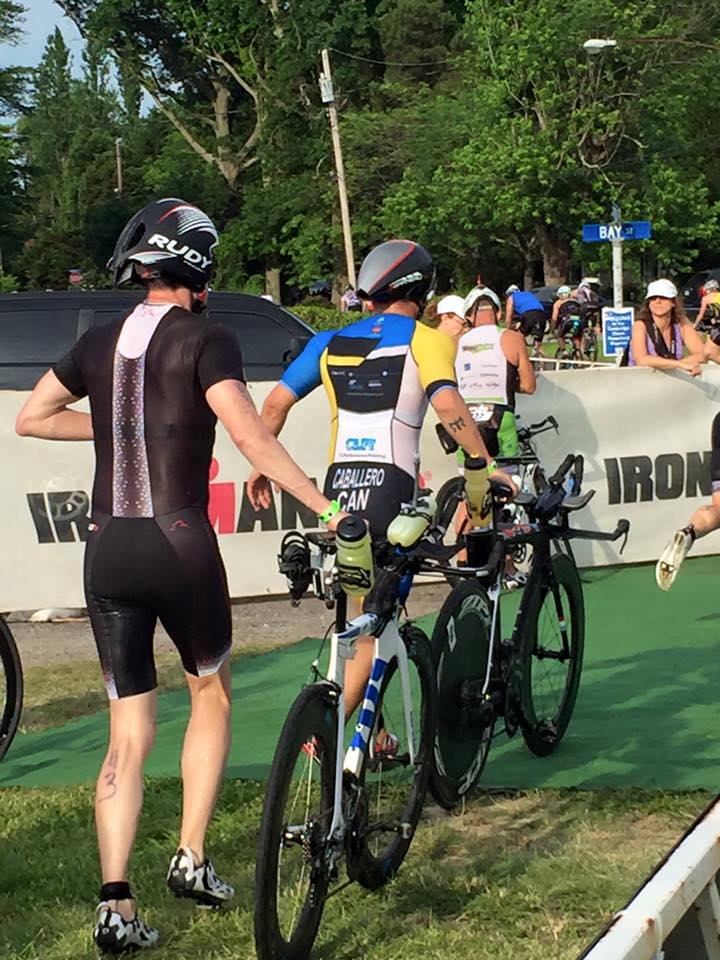By: Coach Nick Leclair
Every second counts. Unlike long course triathlons, every second counts in a short course. This means transitions need to be efficient; nutrition needs to be planned; and your race plan should be practiced.
Many athletes in long course triathlons use transition as a temporary “rest & recover” from the previous stage. When dealing with short distances – specifically sprints and Olympic distances – your transition time can be the “make or break” of placing in the race. For draft legal races, this can also mean staying in the peloton or missing it.
Being efficient in transition is easy but needs to be practiced and carefully planned. During your training, you can set up your transition zone and use it as a live transition between brick workouts. This will allow you to dial in shoe placement, nutrition placement, and sunglasses/ cap placement. There are different demands for each transition. Place your gear in the order you will put it on your body. The last thing you want in transition is to be filtering through your gear throwing things around.
A small hack to make T2 quicker is elastic running shoe laces! This avoids trying to do fine motor movements, like tying your shoelaces when your heart rate and adrenaline are running so high! I recommend setting up T1 pile and T2 pile separate from each other to help segmentalize your space (assuming you have space). Also, make sure your can un-rack and re-rack your bike without disturbing your T-piles for each transition as well.
When dealing with these short races that last less than 2h, many athletes think nutrition can be compromised to save time. This is wrong! If anything, nutrition is even more important for these short races.
Setting up gels on your bike pre-race and having water bottles full of electrolytes will allow you to fuel on-the- go while on the bike. The focus here should be to replenish your energy stores from your swim and then create a surplus for the run. Practicing this in training is critical to avoid gastrointestinal discomfort or stomach rot! Working with a dietitian is also beneficial, since they can help with pre-race fuelling and plan your famous carb-load pasta dinner the night before!
Dialling in your race plan requires pre-meditation and practice. A perfect time to practice your transition is during your taper week or 2-3 days pre race. This allows the process to be fresh in your mind for race day.
Come race day, arrive to transition with plenty of time to set up your area without the stress of race start approaching. When in transition pre-race, physically walk through your transition pathways. Go to the swim entrance and walk the path to your bike, then to the bike exit/entrance, then from the bike exit/entrance back to your zone and then from your zone to the run exit.
The last piece to a fast transition is a calm mind. Everything during a race is a go-go-go mentality, but during transition, slow your mind down and follow your process. A slow and calm mind allows for the rest of your body to act fast and efficiently. With the proper training, visualization and planning pre-race, your transition can be perfected!



